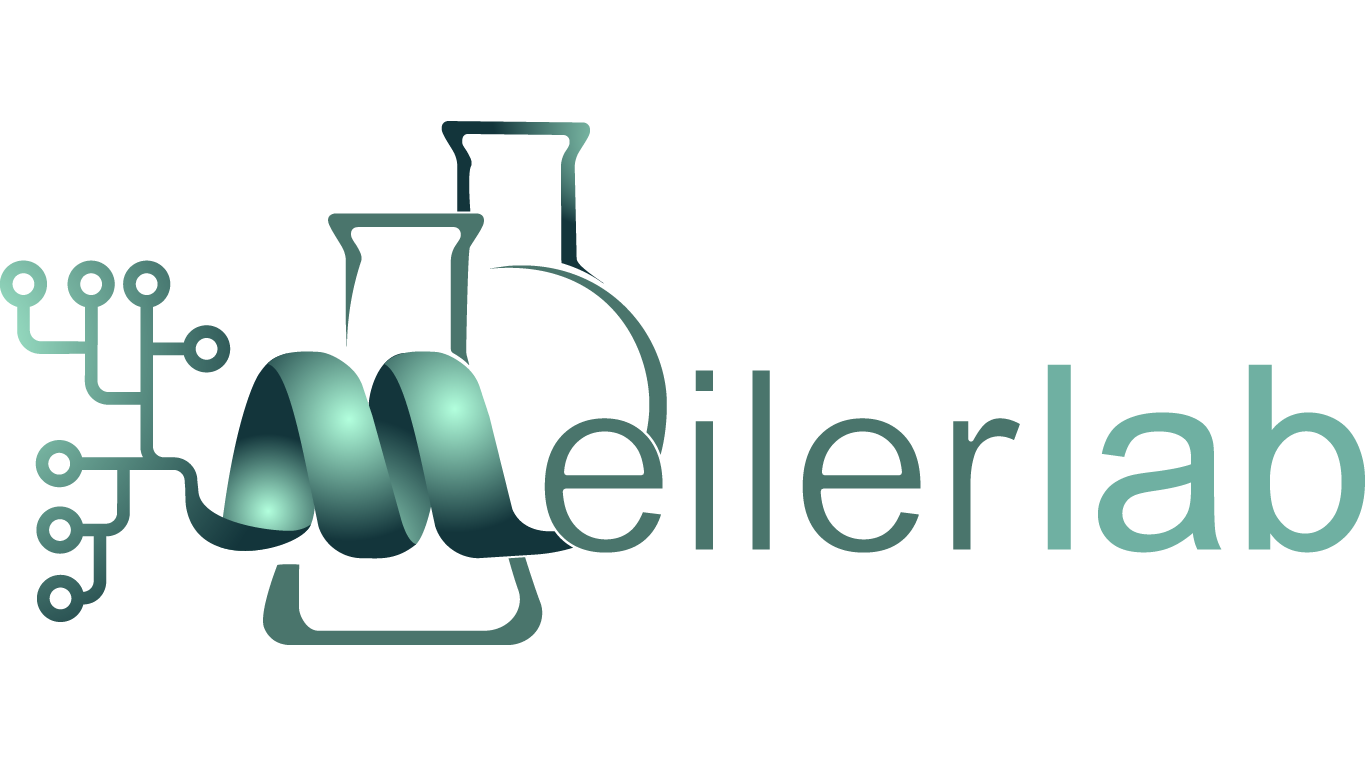Cardiovascular diseases continue to be among the most prominent life-threatening diseases, many of which are linked to thrombotic events. There exist a number of available medications to prevent thrombosis in cardiovascular diseases including anti-coagulation drugs (e.g., warfarin, heparin) and anti-platelet drugs (e.g., aspirin and PLAVIX®). Each of these pharmaceuticals impose the significant risk of excessive bleeding. The protease-activated receptors (PAR), comprised of PAR1-4, is a class A GPCR subfamily known to contribute to cell signaling events during platelet aggregation via thrombin activation [1][2][3].
As GPCRs, PARs contain seven transmembrane helices, an extracellular N-terminus, and an intracellular C-terminus which binds to respective G-proteins to initiate downstream signaling. PAR activation is caused by thrombin-induced cleavage between residues Arg47/Gly48 on the exposed extracellular N-terminus, revealing a new N-terminus that we call the “tethered ligand (TL)”. The TL subsequently binds within the 7TM helical bundle to induce conformational change to the receptor, prompting G-protein binding and propagate downstream signaling. This unusual mechanism of action has posed significant challenges in small molecule antagonist development of PAR4. In collaboration with Drs. Heidi Hamm (Pharmacology) and Craig Lindsley (Chemistry), we have worked to structurally determine the binding mechanism using computational methods in tandem with medicinal chemistry efforts[4].
Our work uses comparative modeling in Rosetta to obtain a structure for docking simulations for in silico virtual screening and structure-based optimization of our lead compounds. Parallel testing of platelet activation in both human and mouse platelets with structural mapping of sequence variations is used as an additional structure-based approach for optimization. Parallel testing in both human and mouse platelets allows for us to explore new tool compounds for in vivo mouse studies, as well as optimization for clinically-relevant human PAR4 inhibitors.
This work is done with collaborators across Vanderbilt, specifically Drs. Heidi Hamm (Pharmacology) and Craig Lindsley (Chemistry).
References:
[1]
Rwibasira Rudinga G, Khan GJ, Kong Y. Protease-Activated Receptor 4 (PAR4): A Promising Target for Antiplatelet Therapy. Int J Mol Sci. 2018;19(2). doi: 10.3390/ijms19020573. PubMed PMID: 29443899; PubMed Central PMCID: PMCPMC5855795.
[2]
O'Brien PJ, Molino M, Kahn M, Brass LF. Protease activated receptors: theme and variations. Oncogene. 2001;20(13):1570-81. doi: 10.1038/sj.onc.1204194. PubMed PMID: 11313904.
[3]
Duvernay MT, Temple KJ, Maeng JG, Blobaum AL, Stauffer SR, Lindsley CW, et al. Contributions of Protease-Activated Receptors PAR1 and PAR4 to Thrombin-Induced GPIIbIIIa Activation in Human Platelets. Mol Pharmacol. 2017;91(1):39-47. Epub 2016/10/28. doi: 10.1124/mol.116.106666. PubMed PMID: 27784794; PubMed Central PMCID: PMCPMC5198515.
[4]
Bertron JL, Duvernay MT, Mitchell SG, Smith ST, Maeng JG, Blobaum AL, et al. Discovery and Optimization of a Novel Series of Competitive and Central Nervous System-Penetrant Protease-Activated Receptor 4 (PAR4) Inhibitors. ACS Chem Neurosci. 2021;12(24):4524-34. Epub 20211202. doi: 10.1021/acschemneuro.1c00557. PubMed PMID: 34855359.
